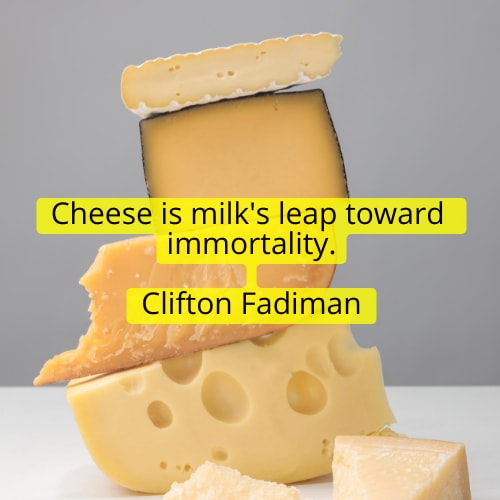Is It Safe To Eat Cheese That’s Just a *Little* Bit Moldy?
Don’t try and pretend you haven’t thought about this.
The Spruce / Cara Cormack
You’re making a sandwich and notice that slice of cheddar has just a teeny bit of mold on it. Should you toss it all or is it OK to rip off the mold and have your lunch? It turns out, you may be able to salvage some cheeses, but it depends on the type.
Understanding Cheese and Mold
Cheese is made primarily of milk with added salt, “good” bacteria to help the milk break down, and sometimes an enzyme called rennet to help the milk thicken. Those microbes that helped create your cheese continue to be active, sometimes leading to blue, white, or gray mold on the surface of the cheese.
For hard and semisoft cheeses like cheddar, Parmigiano-Reggiano, or Swiss, they don’t have a lot of moisture. Mold typically can’t grow far into those cheeses, so it’s generally safe to cut away the moldy parts and eat the rest.
“You could cut off at least 1 inch around and below the mold to remove it from your larger piece of cheese,” says Melanie Marcus MA, RD, a culinary dietitian from the greater Charlotte, North Carolina area. “You can do this because mold typically doesn’t grow beyond the surface in hard cheese. Just be careful not to touch the mold with your hands or your knife!”
Some cheeses like Camembert and Brie are made with mold. “They are covered in mold—the rind!” says Marcus. “It’s recommended that these soft cheeses are tossed if they form molds that aren’t part of the manufacturing process.”
But if you find fuzzy, gross stuff growing in a soft cheese like cream cheese or cottage cheese, then throw all the remaining cheese in the compost bin. Because these products are so high in moisture, mold can grow below the surface and throughout the whole cheese.
You should also toss the entire package if you find mold in a package of any type of cheese that is shredded, crumbled, or sliced, says the Mayo Clinic.
Preventing Cheese Mold
The best way to keep your cheese from…
..


